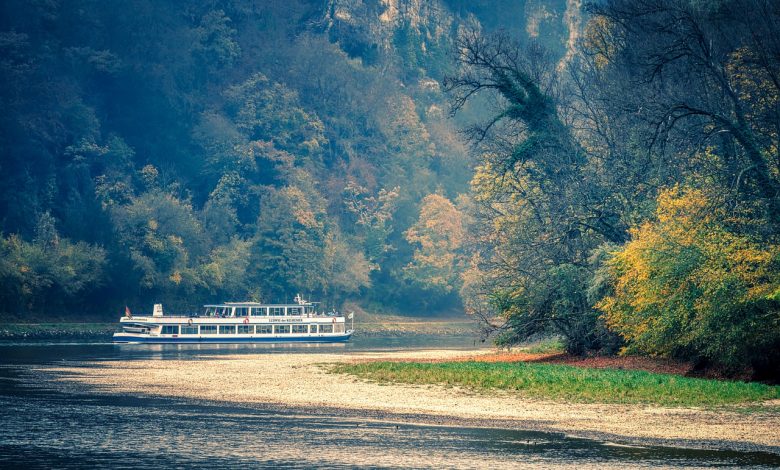History Of Steamboat Springs, Colorado: How Expansion Destroyed Nature

Steamboat Springs in Colorado has an exotic tradition with diverse cultures calling the valley home. The first inhabitants of the Yampa valley were the Ute Indians, and the fur trappers came in later in the 1800s.
Mining and ranching companies have thrived over the years serving as a livelihood for numerous residents in Routt County. Howelsen Hill is the first established ski area, the oldest on the western Mississippi River.
The Steamboat Ski Resort was launched in 1963 as Storm Mountain. This resort has grown to world-class, making Steamboat a premier destination for ski vacations. Here is the history of Steamboat Springs, Colorado, and how expansion destroyed nature.
Steamboat Springs History And How Expansion Destroyed Nature
- Geysers In History Of Steamboat Springs, Colorado
You can not talk about Steamboat Springs, Colorado’s history without mentioning the incredible geysers. A geyser is a geological element that erupts periodically after underground space is filled with steaming water that escapes upwards. Sometimes, it shoots with incoming water to form a marvelous fountain effect.
In the history of Steamboat Springs, Colorado, only one natural geyser is located in the San Juan National Forest. It is like a pool of whitish water bubbling for about 15 minutes every hour. When the underground forces get intense, the geyser spring steams a milky pool that spills to the other side.
- How The Railroad Destroyed The Geysers
Another critical aspect of Steamboat Springs, Colorado’s history, is the famous railroad. It was impossible to construct a railroad in Steamboat Springs because of the natural landscape until David Moffat built the Pacific and Denver Northwestern railroad in 1903.
During that time, the area had many businesses operating and hoped to expand when the railroad arrived. After some months, investors brought in geological experts who surveyed the land and acknowledged that Steamboat sat on vast reserves of oil, coal, and other lucrative minerals.
Some early settlers of this area started to complain about the condition of the springs. The increased ranching and construction covered most of the natural springs, and others were blocked. Worst of all, some individuals threw rocks on the springs to see how high the water would fly but instead, the geysers clogged.
In the development history of Steamboat Springs, Colorado, David Moffat played a significant role. He spent most funds surveying a transcontinental route which investors had asked him to resign. Moffat used those surveys to build the Northwestern, Denver, and Pacific railways. In 1906 the line from Denver was snaking in Yampa valley.
When the construction neared Oak Creek, the rail turned left to connect with Hayden to save ten miles of blasting hard rock. The railroad had to pass through the natural springs to connect with Steamboat Springs.
In the history of Steamboat Springs, Colorado, this route brought the valley a tremendous economic boost but destroyed most geysers. That is how the expansion of Steamboat Springs destroyed Nature.
Conclusion
If you are a ski lover, Steamboat Springs is the right place to be every winter. This area is strategic for all outdoor snow activities you wouldn’t want to miss. During summer, it is the best place for hiking and bike rides. This valley also has a rich history which most locals take pride in.



